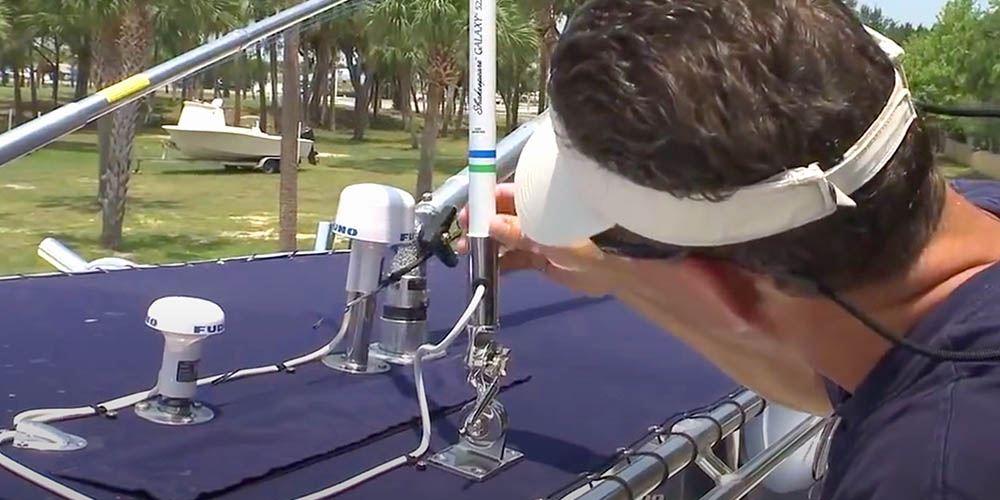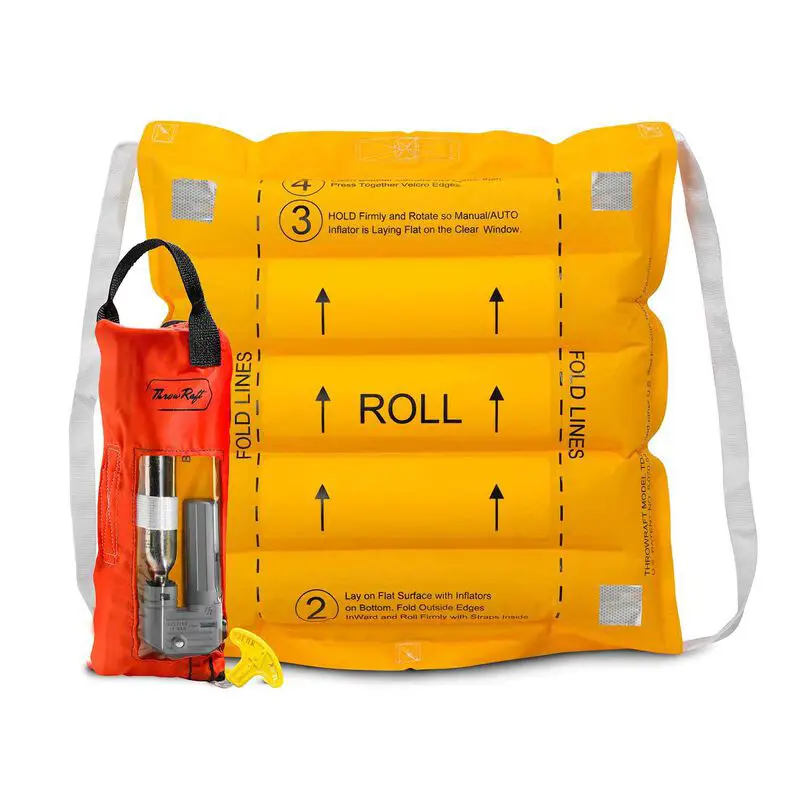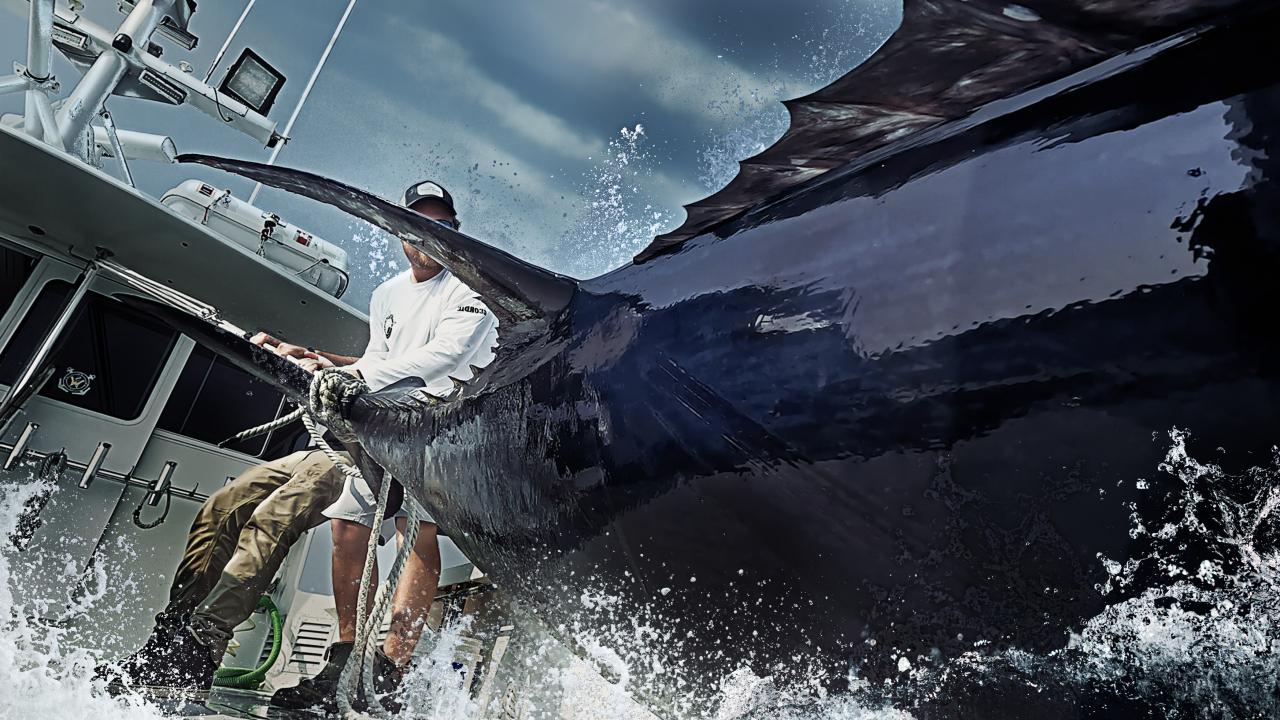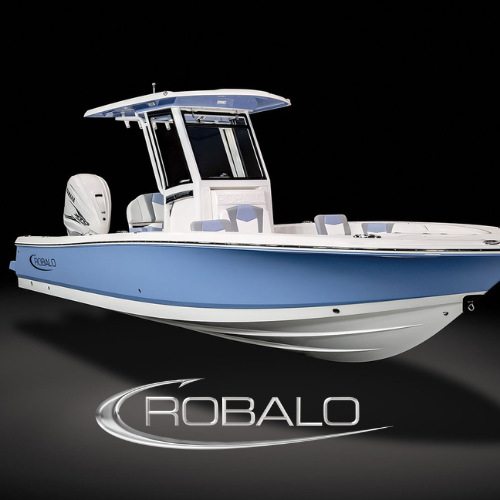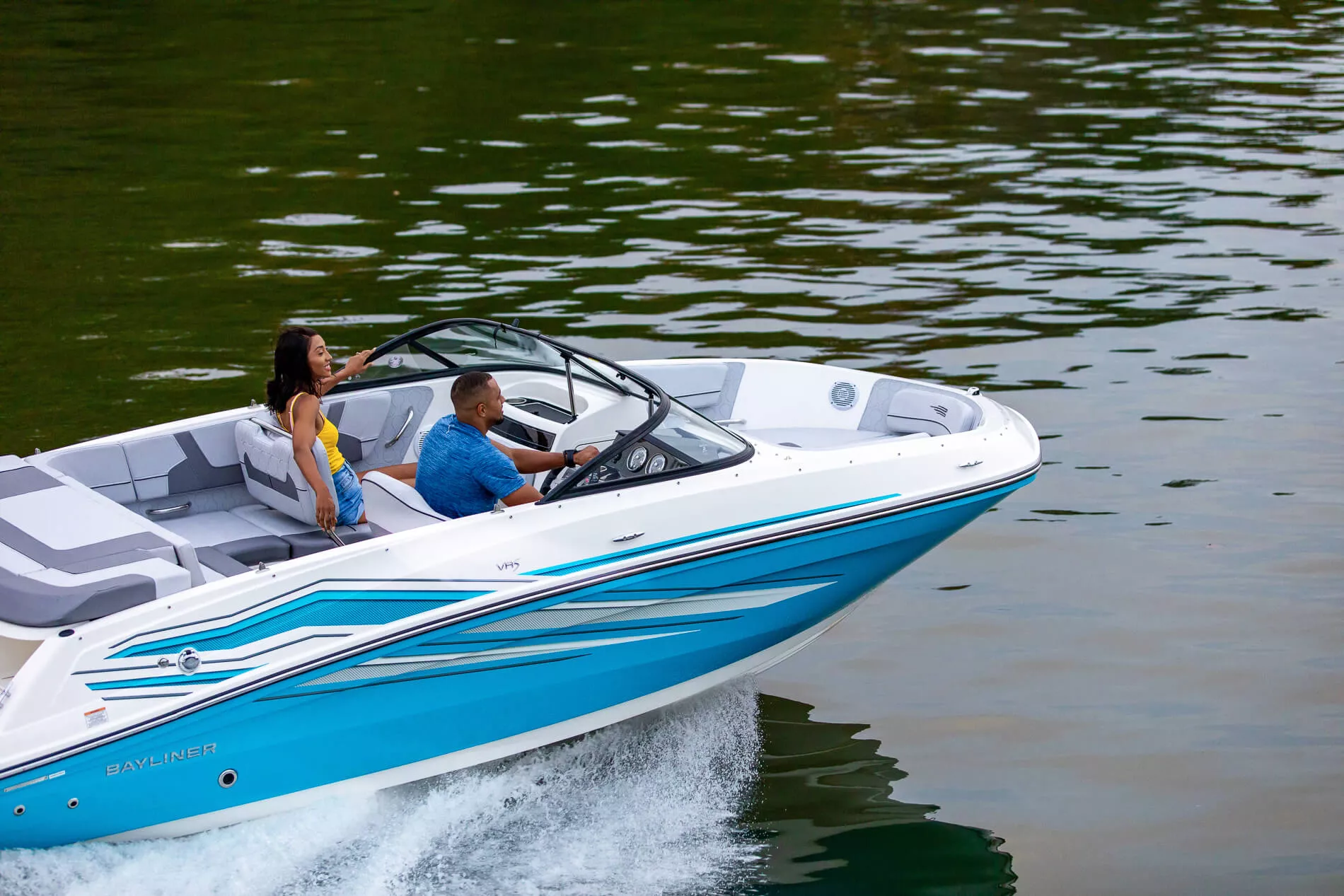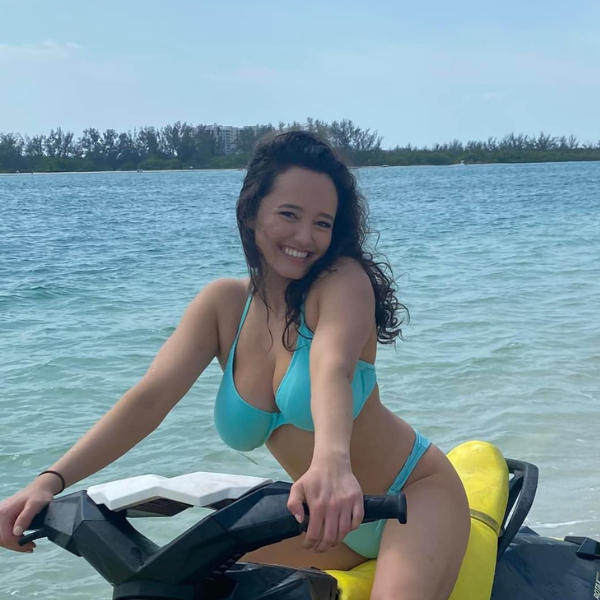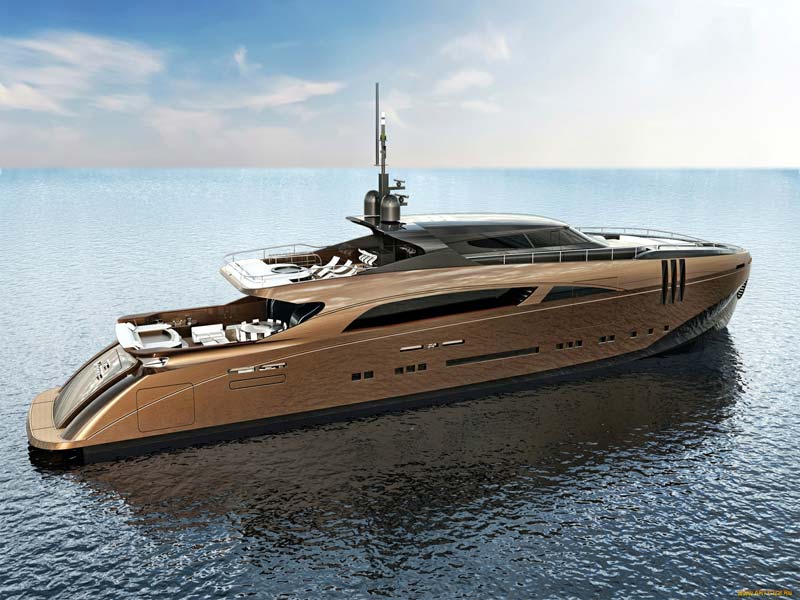Center Console
Current Center Console Models
No Center Console models found.
Center Console Boats for Sale
 Express Cruiser
Express Cruiser
Listing Coming Soon
 Center Consoles
Center Consoles
Listing Coming Soon
 Center Consoles
Center Consoles
Listing Coming Soon
 Center Consoles
Center Consoles
Listing Coming Soon
Related Brands
Related Articles
© 2024 SeaMag. All rights reserved.




